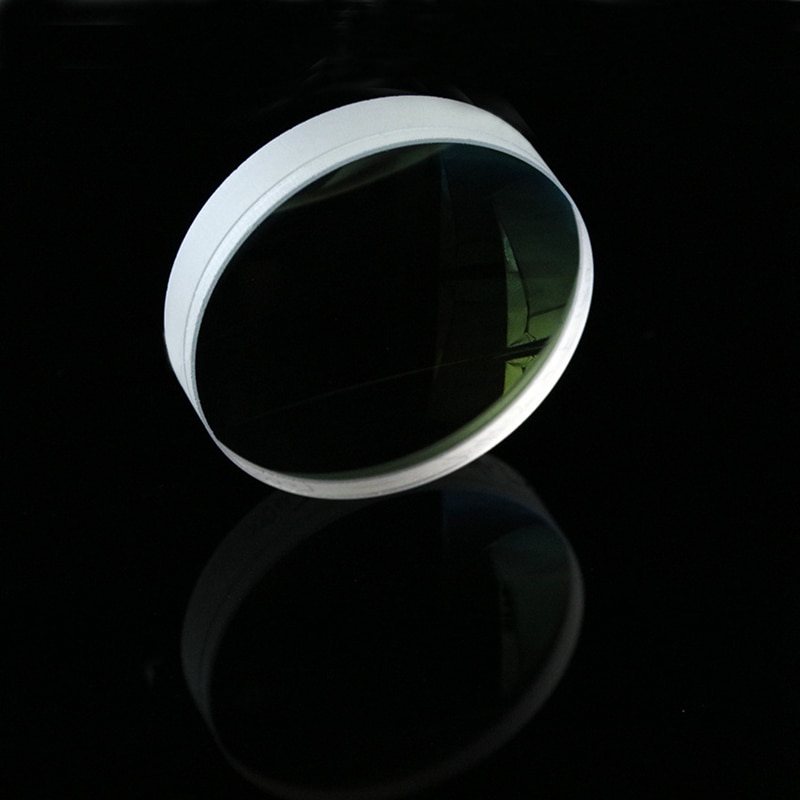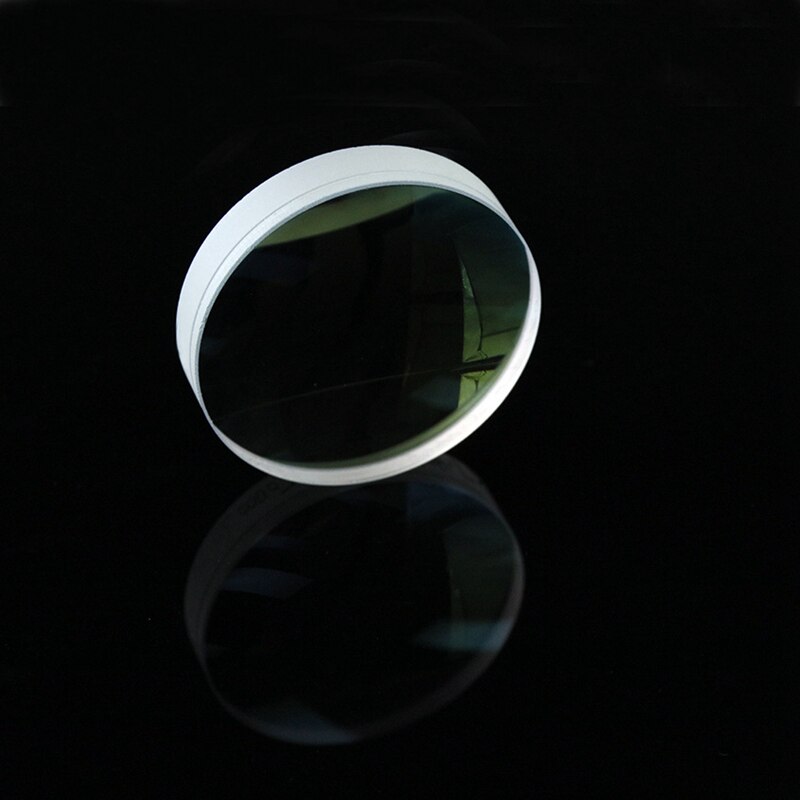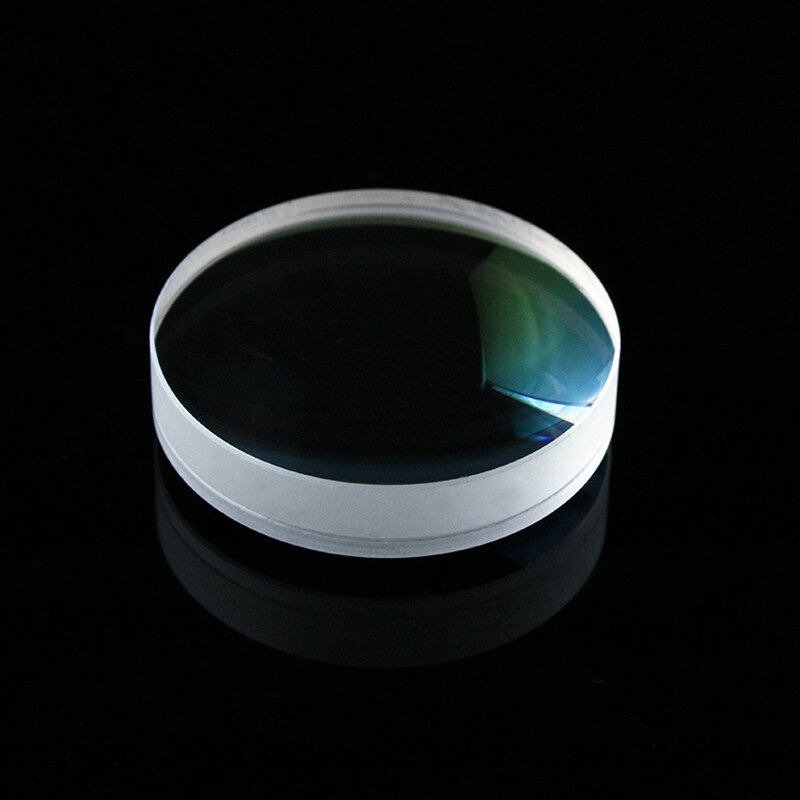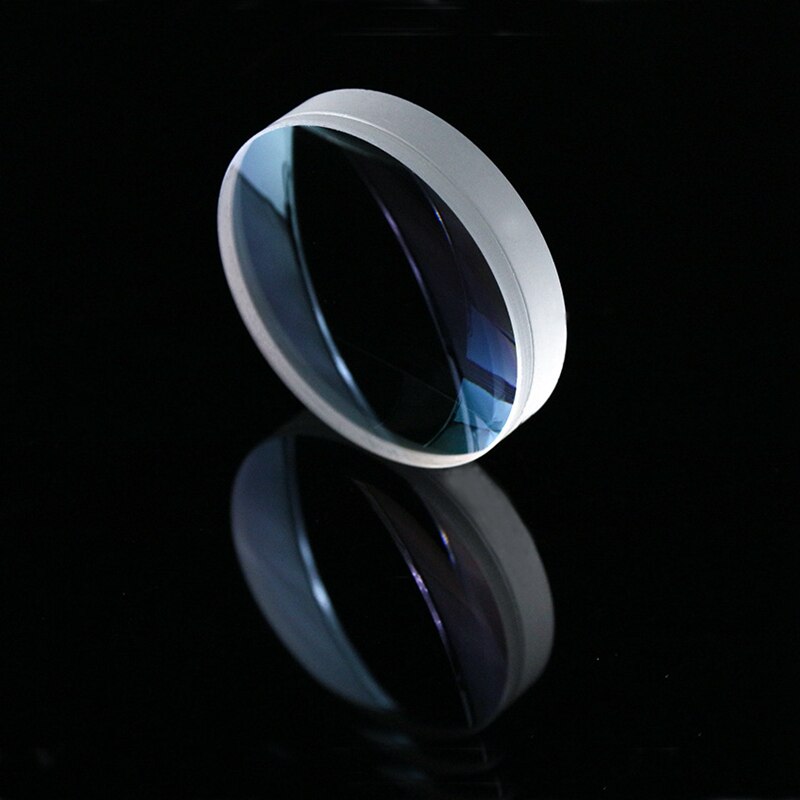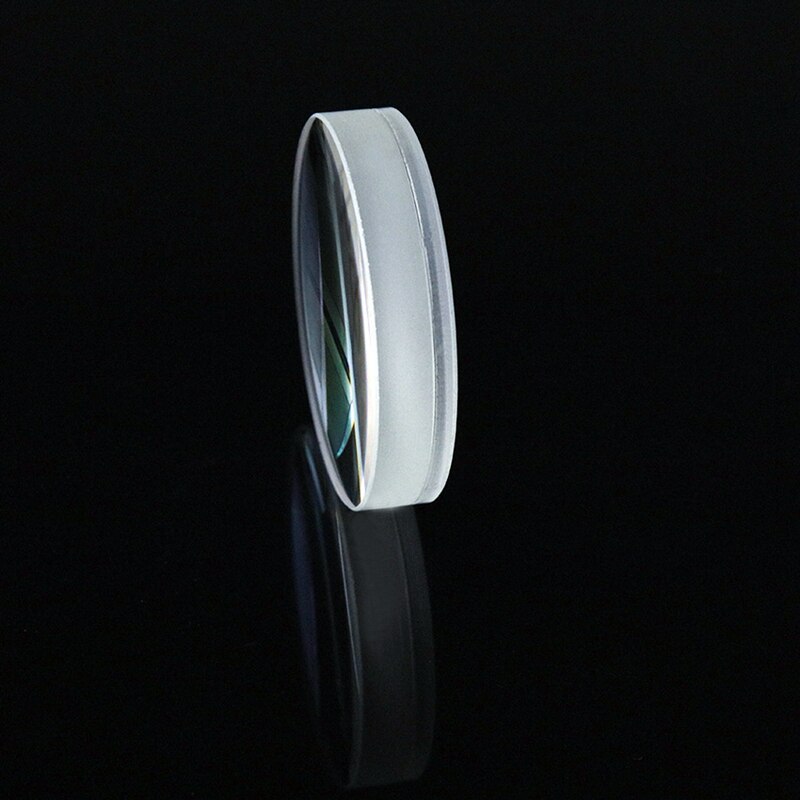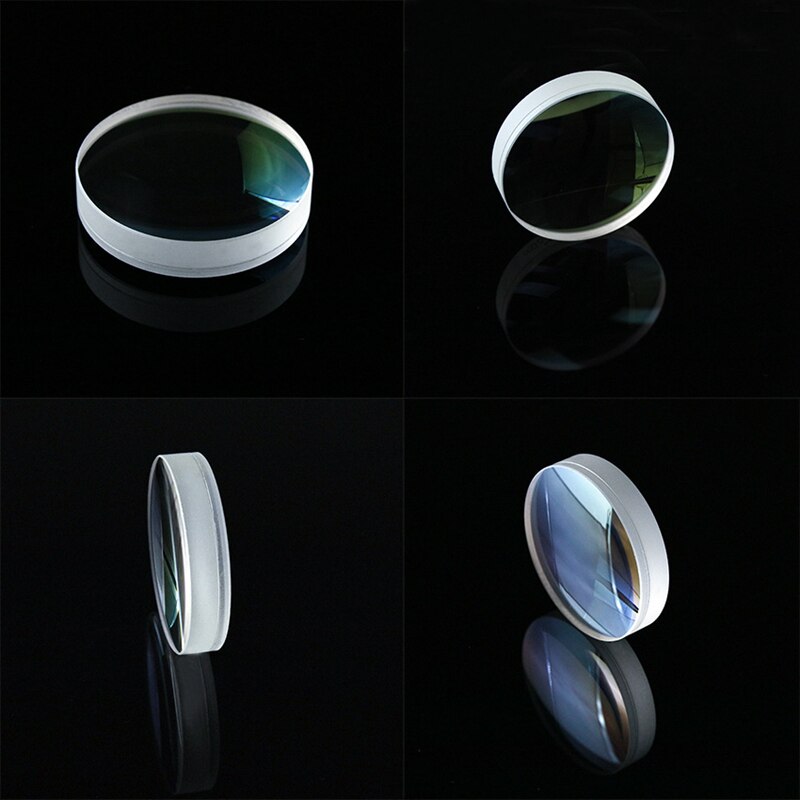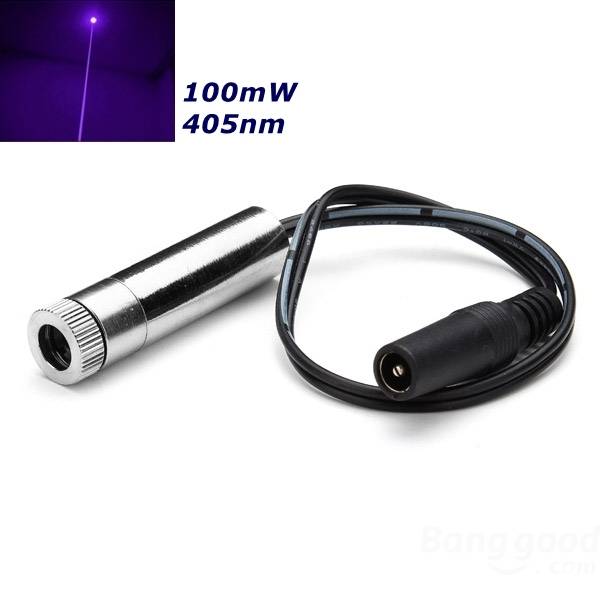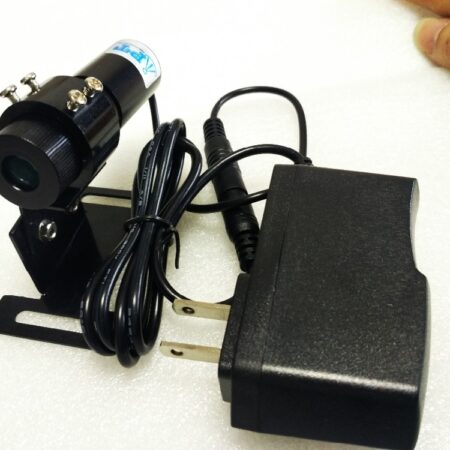Description
Product Description:
Achromatic Lens:
The achromatic doublet lens is a combination of a positive lens with a low refractive index (crown glass) and a negative lens with a high refractive index (flint glass). Through computer optimization design, paraxial aberrations such as spherical aberration, coma aberration and chromatic aberration have been well corrected. When used for focusing and collimation, the convex lens or the surface with a small radius of curvature usually faces the collimated light.
When used for imaging, the convex lens must face the longer object or image distance. When designing, the three wavelengths of blue (486.1nm), green (546.1nm) and red (656.3nm) were optimized for different values of dispersion and lens shape to achieve the smallest chromatic aberration. Therefore, this type of lens can be used in the entire visible light region.
Uses:
Cemented lenses are used to minimize chromatic aberration or eliminate chromatic aberration. Its achromatic design also helps to minimize spherical aberration. Compared with a single lens, achromatic doublet lens has much smaller spherical aberration. When used in an infinite conjugate state, the spherical aberration is the smallest. Achromatic lenses are suitable for various applications such as fluorescence microscopy, image relay, inspection or spectroscopy. The manufacturing process of achromatic lenses glues two or more elements together. Compared with a single lens, an achromatic lens can form a smaller spot.
Specification:
Material : H-K9L/ZF1
Diameter: 41.5mm
Focal length: 150mm
Back focus: 148.96mm
Center thickness: 12mm
R1: 185mm
R2: 85.93mm
R3: 46.62mm
Focal length tolerance: ±1%
Shape tolerance: +0.00/-0.10mm
Thickness tolerance: ±0.2mm
Surface quality: 60-40
Clear Aperture: > 90%
Coating: 1064 NM
Centrality: 2'
Chamfer: 0.5 (MAX) x45° ±5°
Detailed Images:






